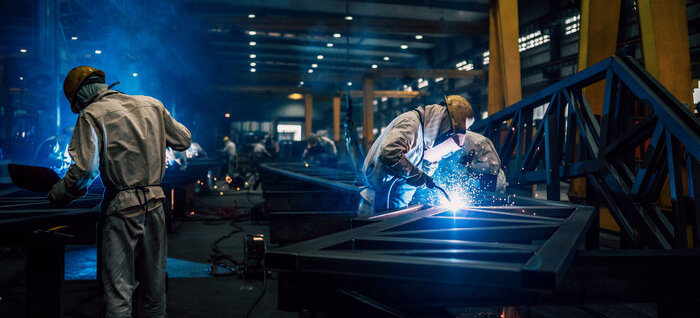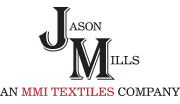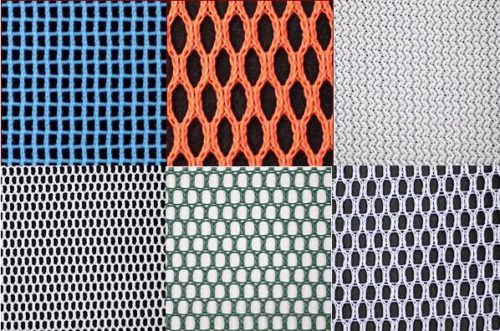Professionals working in high-risk environments face threats from explosions, fire, metal sparks, high-voltage power, sharp objects, and toxic or corrosive chemicals. They require reliable protective clothing to keep them safe from potential dangers. Industrial protective fabrics are technical clothing meant to protect workers from environmental and workplace hazards. Safety fabrics should be comfortable, provide maximum protection for the wearer both indoors and outdoors, and give them freedom of movement.
Protective textiles should also remain compliant with government and industry standards for workplace safety. Protective apparel must keep workers safe while meeting the requirements of the oil and gas, metalworking, energy, utility, chemical, and manufacturing industries. Learn more about the properties, benefits, and applications of various safety fabrics.

Safety Fabric Properties: Fire, Cut, and UV Resistance
Protecting employees from workplace hazards is one of the crucial responsibilities of the employer, who needs to identify the safety risks in the workplace. The type of protective fabric chosen will depend on the nature of work, potential hazards, and compliance requirements under the relevant ANSI, ASTM, AATCC, OSHA, FAR 25.853 or MVSS 302, and Mil-Spec standards.
Benefits of Using Nylon and Polyester Fabrics
Durability
Both nylon and polyester fabrics are highly resilient, withstanding chemical damage, degradation, corrosion, flames, wear, and mildew.
Elasticity
The synthetic fibers are elastic, allowing the fabrics to return to their original shape after stretching.
Hydrophobicity
Polyester mesh is especially hydrophobic, which means better water repulsion and faster drying times.
Versatility
Both nylon and polyester are well-suited for various applications. In occupational safety, they make excellent cut-resistant safety garments. In the automotive industry, the materials create moisture-resistant equipment. In healthcare, polyester and nylon are widely used due to their antimicrobial properties. These materials are widely accessible and easy to clean and sew, reducing maintenance downtime and costs.
Common Uses of Protective Fabrics
Manufacturers design protective fabrics targeting specific hazardous applications, which include but are not limited to the following:
- Fall protection harnesses: Spacers for fall protection harnesses must be reliable and flexible.
- Glass handling: Safety sleeves are a crucial piece of protective equipment for workers in the glassmaking industry.
- Safety equipment: These include high-visibility safety vests, safety flags, and cut-resistant safety garments.
- Military clothing: Protective equipment for military use must be tough and moisture resistant to withstand dynamic, heavy-duty use.
- Heat protection: Thermal protective fabrics protect against hazardous thermal environments. They usually combine several layers with air gaps to prevent transferring thermal energy to the skin.
- Cold protection: Synthetic fabrics such as polypropylene are effective at insulating workers against cold temperatures. They wick moisture and insulate properly even when wet.
- Chemical protection: Safety fabrics can be designed to repel chemicals in liquid or gas form. This protective clothing is widely used in the chemical, automotive, agricultural, and photography industries.
- Ballistic protection: Protective fabrics can also guard users against ballistic or projectile inputs, such as the metal fragments produced in the metalworking industry.
 Contact Jason Mills for Premium Protective Fabric Solutions
Contact Jason Mills for Premium Protective Fabric Solutions
Protective fabrics are crucial components for worker safety, efficient operation, and compliance with regulatory bodies. At Jason Mills, we work tirelessly to produce the best industrial protective textiles that are compliant with all government standards and customer specifications. With over four decades of experience in the textile industry, we serve a range of diverse markets—including aeronautical, medical, filtration, occupational safety, and recreational trade—with high-quality knitted fabrics.
We can customize industrial clothing with special traits, such as flame resistance, antistatic properties, odor neutralization, insect repulsion, and UV resistance. Contact us today to discuss your needs or request more information about our products and services.

 Contact Jason Mills for Premium Protective Fabric Solutions
Contact Jason Mills for Premium Protective Fabric Solutions